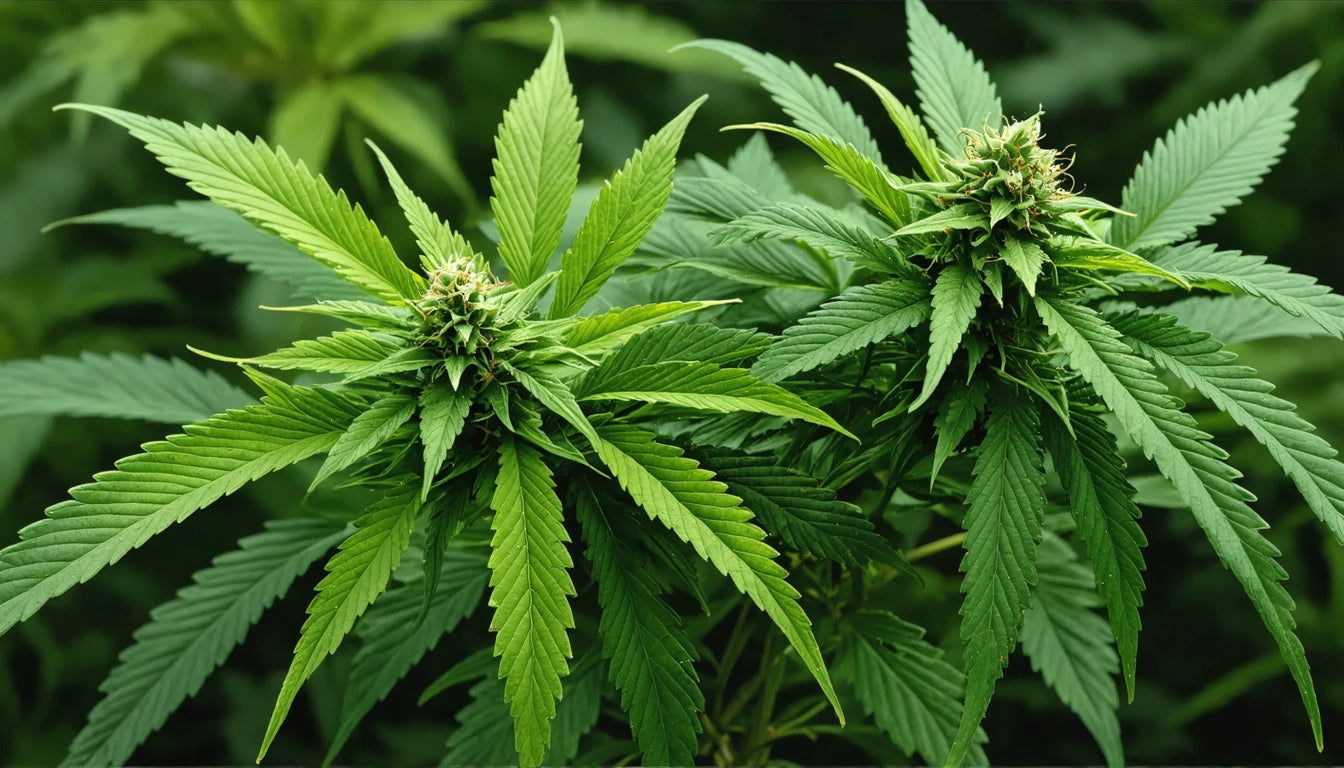Table of Contents
- Early Cannabis History in California
- Medical Marijuana: The First Milestone
- The Path to Recreational Legalization
- Proposition 64: The Adult Use of Marijuana Act
- Implementation Challenges and Regulatory Framework
- Economic and Social Impact of Legalization
- The Future of California's Cannabis Landscape
The Legalization of Recreational Marijuana in California: A Timeline and Overview
California has long been at the forefront of cannabis reform in the United States. For many residents and visitors, questions like "when did weed become legal in California" or "how long has weed been legal in California" reflect interest in understanding the state's pioneering role in marijuana policy. This comprehensive timeline tracks California's journey from prohibition to becoming the largest legal cannabis market in the world.
Early Cannabis History in California
Cannabis has a complex history in California dating back to the early 20th century. The state followed national trends when it criminalized cannabis in 1913, well before federal prohibition began in 1937. For decades, California maintained strict anti-marijuana laws with severe penalties for possession and distribution.
By the 1960s and 1970s, attitudes began shifting as cannabis became associated with counterculture movements centered in San Francisco and other California cities. This cultural shift laid groundwork for the reforms that would come decades later.
Medical Marijuana: The First Milestone
The first major breakthrough in California cannabis legalization came in 1996 with the passage of Proposition 215, also known as the Compassionate Use Act. This made California the first state to legalize medical marijuana, answering the question of when marijuana became legal in California for medical purposes.
Key aspects of Proposition 215 included:
- Legal protections for patients using cannabis with a doctor's recommendation
- Permission for caregivers to cultivate cannabis for qualified patients
- Establishment of a framework for medical marijuana identification cards
This groundbreaking legislation paved the way for medical marijuana usage by healthcare professionals and patients throughout California, though the regulatory structure remained limited.
The Path to Recreational Legalization
Following medical legalization, California experienced a long and winding road toward full recreational legalization. Several key developments marked this journey:
SB 420 (2003)
Senate Bill 420 expanded Proposition 215 by establishing a voluntary ID card system and allowing for collective/cooperative cultivation.
Proposition 19 (2010)
This ballot initiative would have legalized recreational marijuana, but it failed with 53.5% of voters opposing it. Many wondered when pot would become legal in California after this setback.
Decriminalization (2011)
Governor Jerry Brown signed legislation reducing possession of up to one ounce of marijuana from a misdemeanor to an infraction, punishable only by a fine.
These steps were part of a comprehensive timeline of cannabis legalization that eventually led to full recreational legalization.
Proposition 64: The Adult Use of Marijuana Act
The question of when weed became legalized in California for recreational use is answered by Proposition 64. On November 8, 2016, California voters approved the Adult Use of Marijuana Act (AUMA) with 57% of the vote. This landmark legislation:
- Legalized possession of up to one ounce of marijuana and cultivation of up to six plants for adults 21 and over
- Created a regulatory framework for commercial cultivation, testing, manufacturing, and retail sale
- Established taxation systems for cannabis products
- Provided pathways for resentencing and record clearing for prior marijuana convictions
While Proposition 64 passed in 2016, retail sales didn't begin until January 1, 2018. This date marks when recreational weed became fully legal in California's commercial market.
For consumers interested in the recreational market, understanding how to legally purchase cannabis in California became an important consideration.
Implementation Challenges and Regulatory Framework
After voters determined when pot would be legal in California, the state faced significant implementation challenges. The regulatory framework developed to include:
Three Regulatory Agencies
Initially, three separate agencies oversaw different aspects of the cannabis industry before being consolidated into the Department of Cannabis Control in 2021.
Local Control
Proposition 64 gave municipalities authority to ban or restrict cannabis businesses, creating a patchwork of regulations across the state.
Licensing Complexities
The licensing process proved complicated, expensive, and time-consuming, limiting market participation.
These implementation challenges influenced how the market developed after California legalized weed. For those growing at home, understanding legal guidelines for growing marijuana became essential.
Economic and Social Impact of Legalization
Since determining when weed became legal in CA, the state has experienced significant economic and social changes:
Tax Revenue
California has generated billions in cannabis tax revenue, though not as much as initially projected due to continued illicit market competition.
Job Creation
The legal industry has created tens of thousands of jobs across cultivation, manufacturing, distribution, testing, and retail sectors.
Social Equity
Programs have been established to address historical inequities in cannabis enforcement, though success has been mixed.
The cannabis industry has also driven innovation in product development and consumption methods. For example, premium pre-roll products have become increasingly popular as consumers seek convenient, consistent experiences in the legal market.
The Future of California's Cannabis Landscape
As we look beyond when California legalized weed to the future, several trends and challenges are emerging:
- Continued regulatory refinement to address market inefficiencies
- Efforts to combat the persistent illicit market
- Interstate commerce preparation if federal law changes
- Integration with California's established cannabis culture
- Adaptation to evolving possession limits and regulations
Understanding when weed was legalized in California provides context for the ongoing evolution of the state's cannabis policies. From its groundbreaking medical program in 1996 to the full recreational market launched in 2018, California has maintained its position as a cannabis policy pioneer, influencing legalization efforts nationwide and globally.
As the market matures and federal policy continues to evolve, California's experience offers valuable lessons for other states considering or implementing cannabis legalization.











Leave a comment
All comments are moderated before being published.
This site is protected by hCaptcha and the hCaptcha Privacy Policy and Terms of Service apply.